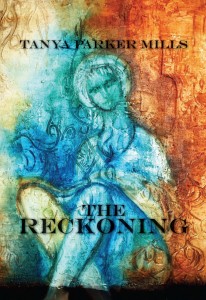Present word count of WIP: 39,556
The one place it’s difficult to get any writing done is at (believe it or not) a writers conference. No matter. This has already been a success for me and it’s only been the first day! I sold all my books (of course, I only brought three since I was flying Allegiant and was trying to avoid any extra charges), had two successful pitches (Jane Dystel wants the full of Laps and Lisa Mangum wants me to send her the full of School of Guardians when it’s finished), and…most exciting…Linda Mulleneaux stopped by my book signing to tell me she had started reading “Laps” the other night and LOVED it! I’ve got an appointment tomorrow with her, so I think I may have some more news to share soon (hopefully). I also have a pitch appointment tomorrow with April Mumm for SOG. Wish me more luck!
Now on to Seth Godin’s next piece of Advice for Authors:
12. Blog mentions, on the other hand, matter a lot.
That’s certainly been attested to at this conference. An author’s online presence is very important to agents and publishers on everything from social media to blogs. If you can luck out and get a great review or even a mention from a blog that gets a lot of traffic, your name (and your work) becomes that much better known.
So, I’m on Facebook, Goodreads, Twitter, LinkedIn, and I have another blog along with this one on my website. The trick is learning to manage it all without cutting too much into your writing time.
I blog Mondays and Fridays, post to FB maybe 3-4 times a week, tweet a few times a week, and try to update on Goodreads once a week. I’m honestly not doing much with LinkedIn…yet.
How do you manage balancing online presence with your writing?
Originally posted 2012-02-24 21:09:12.



